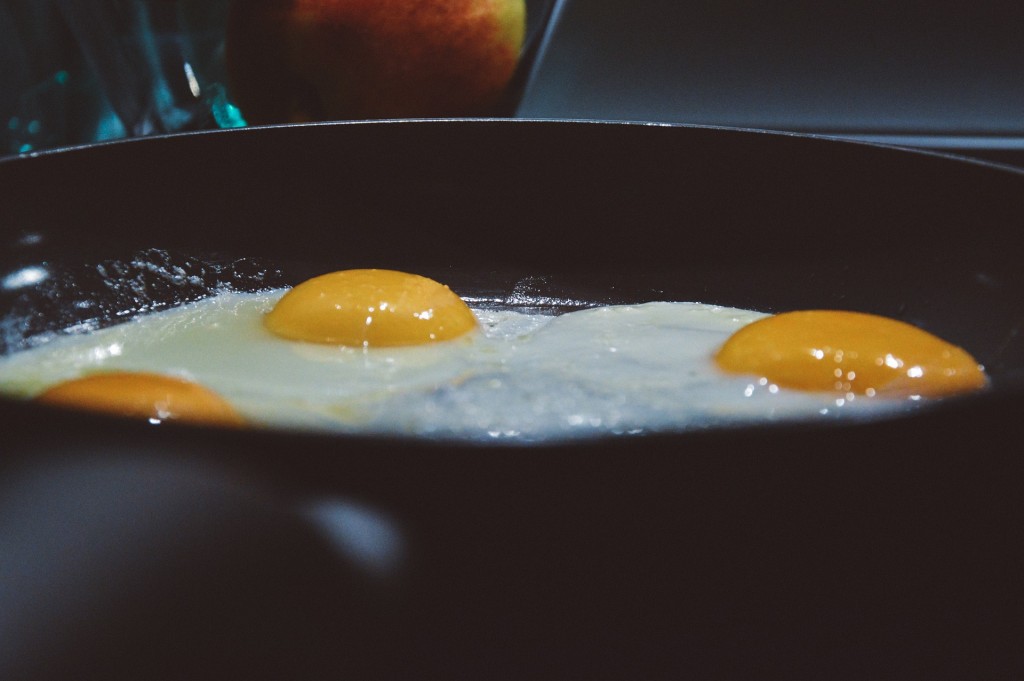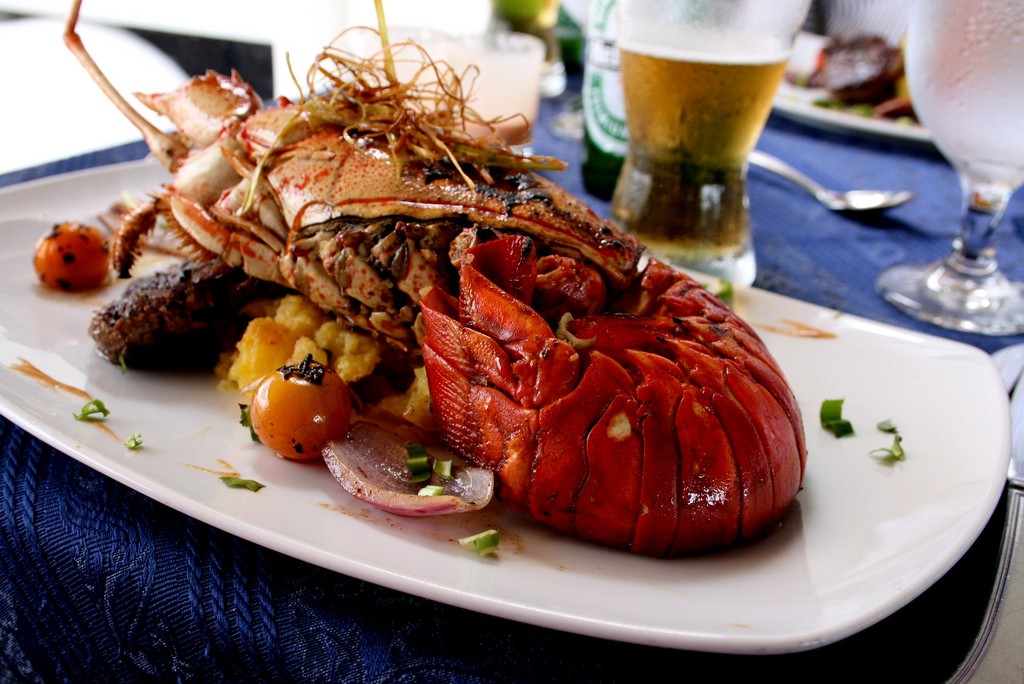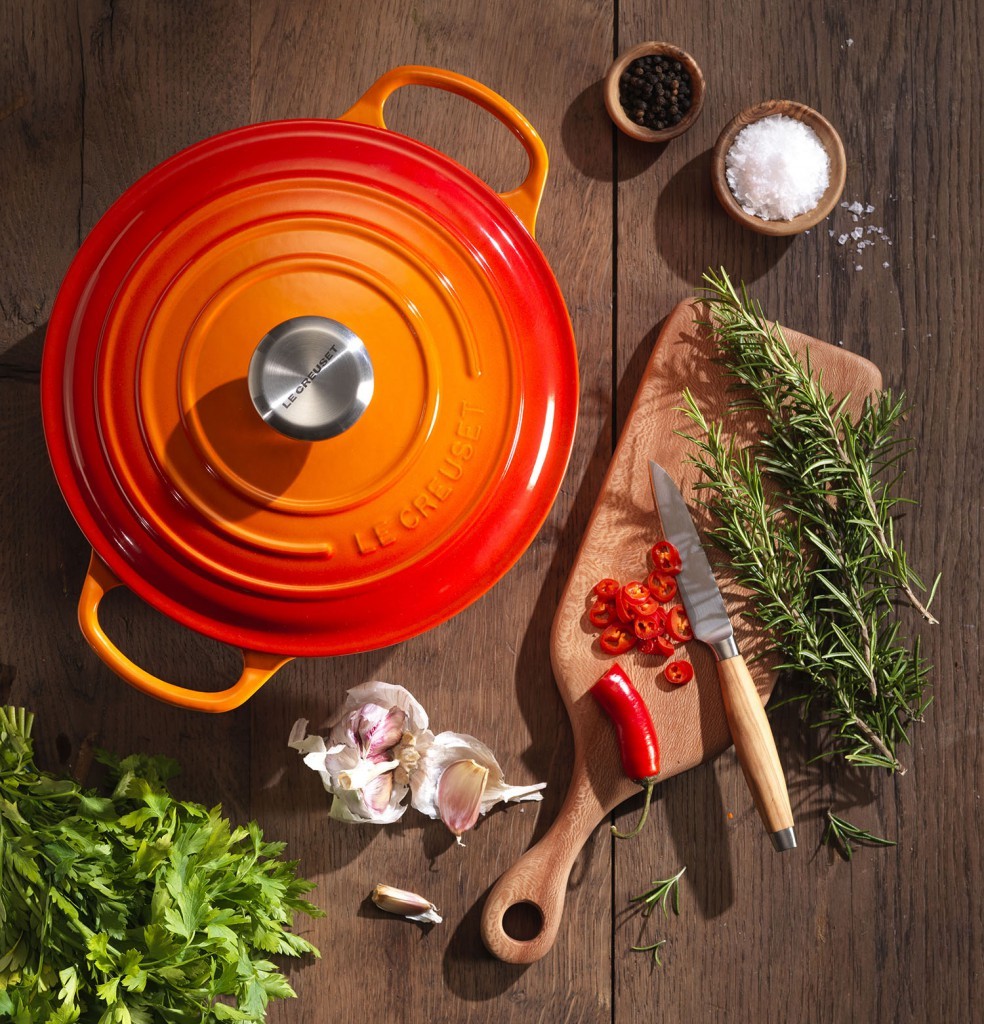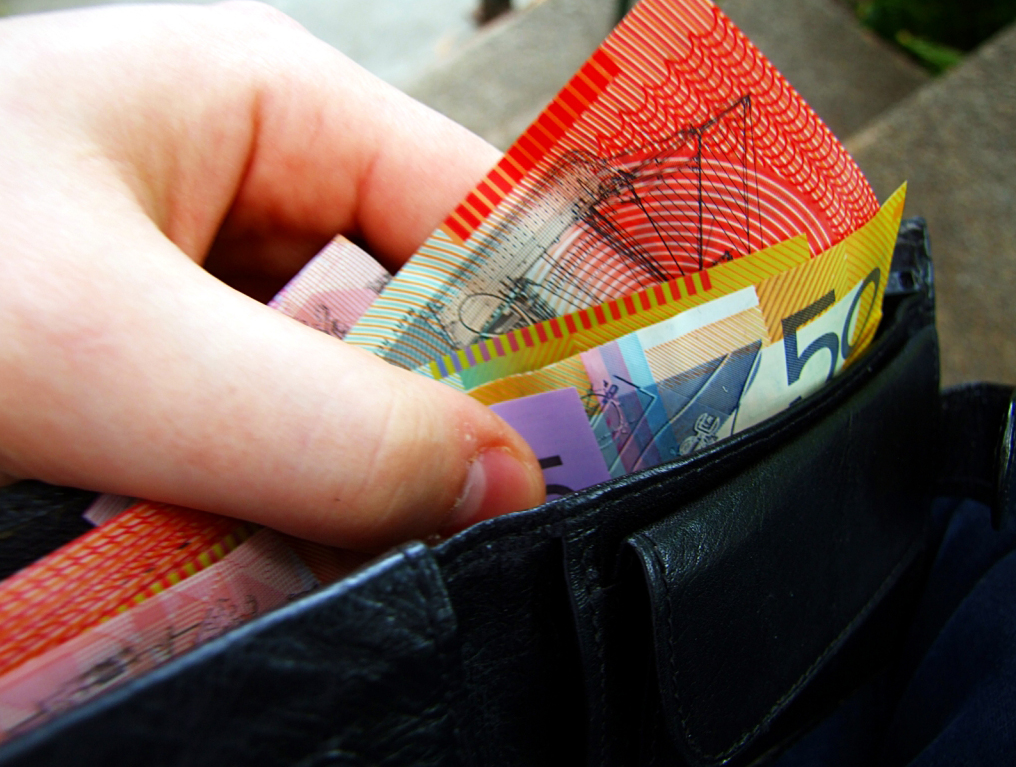The world of cookware can be incredibly confusing. What’s worth spending money on and what isn’t? Should you buy everything at once or buy one at a time? What’s a gimmick and what do you really need? When you’re buying cookware on a budget, you need these questions answered.
This guide walks you through all of these questions and provides great suggestions for what you can spend a bit more on and what you should buy sooner rather than later.
The Most Important Question
Besides the obvious first question (what’s your budget?), you need to start by asking yourself how you cook. Do you struggle with multi-step recipes and just want a few token pots and pans around the house or are you passionate about a particular dish?
Here are a few examples and how they should impact what you should look for in cookware.
I Only Cook Eggs and a Few Basics

If this describes you perfectly, the good news is that you really only need a few basics. However, this also means you’ll want to consider investing a bit in those basics. Here’s what you’ll need:
A Great Non-Stick Pan
This is the everyday kitchenware workhorse for most people for a reason. Non-stick pans are easy to use, easy to clean, and becoming more and more reliable. You’ll want to look for one with a non-stick coating which resists flaking off and which is free of PFOA's or PTFE's (harmful chemicals often found in cheaper non-stick coatings).
But why not just buy something simple and cheap? Because once that non-stick coating starts to peel off or gets scratched, the pan is ruined. So instead of buying a new cheap pan every few months (or worse, risking your health), it makes sense to invest a bit more in one that’s scratch resistant.
Lastly, getting a better non-stick pan which doesn’t heat up too quickly or unevenly will lead to consistent results. Think of it this way, you might spend an extra $40 now, but every time you make eggs for the next few years, they’ll taste better. The non-stick layer will also last longer too, just make sure that you never use too high a heat (low to medium heat is best) as that will shorten its lifespan.
A Heat Distributing Pot
For the most basic of cooking tasks, the only other tool you need is a pot. Now if you’re literally only ever going to boil water, the pot quality doesn’t matter very much. But for making anything else, you’ll want to get something a bit better. So what should you look for?
The biggest thing is layered metals. A purely stainless steel pot will heat up too slowly while an aluminium pot will heat up very quickly and unevenly (leading to burned food at the bottom). A layered mix of the two leads to just the right balance and better, more consistent results.
Also, if the pot is oven safe, that can’t hurt. Sometimes when you want something to simmer for a while, just sticking it in the oven is a big time saver.
(Maybe) A Cast Iron Skillet
This third piece is worth considering just because of its affordability and versatility. For around $40 you can get a quality cast iron skillet. So why pick one up in addition to a non-stick pan?
In short, if you ever want to really sear meat and make a delicious steak or something similar, that non-stick pan just isn’t going to cut it. Just be sure to take proper care of it!
I Like to Wow Guests Every Once in a While

The two or three cookware pieces mentioned above are essential for all three categories here, but if you enjoy stepping out and making something a bit nicer on occasion, you’ll want to think about what else you’ll need. Here are some suggestions for slightly more advanced home cooks on a budget.
A Stainless Steel Pan
Similar to a cast iron skillet like the one mentioned above, a stainless steel pan is a must-have if you want to brown meat and veggies to develop flavour (that’s called the Maillard Reaction in case you want to show off sometime). Like the pot we mentioned, you’ll want a stainless steel pan which has layers of aluminium and steel to temper and even out the heat.
Here you also want to find something that’s not too expensive (obviously), but also not so cheap that it will warp or discolour easily. Much like with the non-stick pan, considering quality from the start will help you save in the long run.
A Roasting Pan
If you’ve been living off of dry grocery store rotisserie chicken for years, it’s time to consider a roasting pan. Roasting is an easy way to transform everything from simple veggies like carrots to larger cuts of meat into juicy, tender, and flavourful masterpieces with minimal effort.
You’ll want to look for something tough, something that won’t scratch, warp, or shy away from handling higher heat. You can save quite a bit by opting for something affordable like Le Creuset stoneware. Their glazed stone roasting pans cost a fraction of what layered metal will and perform about as well.
I Cook Something Nearly Every Day

If you’re pretty serious about cooking but still find yourself needing to start your cookware collection from scratch (it does happen), there are another two pieces you’ll want to consider. These may be your biggest investment, but they’re also long-lasting cookware which will likely outlive plenty of ordinary pots and pans.
A Dutch (French) Oven
There’s no denying that a quality dutch oven is a serious investment. But focusing on the sticker price misses a lot of what that price buys you. If you’re serious about cooking, it’s worth considering whether it makes sense to take the money you were going to devote to a non-stick pan, pot, roasting pan, etc, and throwing it at a single dutch oven.
But that’s madness, right? Well, no. In fact, a Dutch oven can do a decent job of replacing all of these other cookware pieces. The enamelling on the cast iron is relatively non-stick while still being tough enough to handle high heat and effectively brown meat. The entire dutch oven is oven-ready so you can bake and roast in it too.
So in fact, while Dutch ovens are generally viewed as real luxury items, considering their versatility and performance, they’re actually worth considering if you’re on a more limited budget. They also make cleaning up so much easier as they look fantastic to serve food out of too, saving you time and money on using a separate serving dish.
A Pressure Cooker
Another often overlooked piece of kitchenware is the pressure cooker. If you’re looking to save money, investing in one of these to save time on cooking everything from meat to veggies and legumes makes sense. Pressure cooking usually shaves around ⅓ of the cooking time off of most dishes, meaning faster meals. This also makes sense if you’re looking to perhaps spend a little more on your cookware to save time down the road.
General Tips

Taking a step back for a moment, as mentioned, you want to start by thinking about what you cook. If you use a specific bit of cookware often: invest in it! If people tell you that you need something that you doubt you’ll use: skip it. Your cookware should be tailored to you.
Then, what about budgeting? Should you buy as much as you can from the start? Well, much like with other things, buying everything at once can lead to less of a concern about the quality of each item. It’s best to start with the bare essentials (a single pot and a single pan). Then, once you have the money to invest in another bit of cookware you’d like, go for it.
The same goes with thinking about where to spend more. In general, invest more money in the cookware you use most often. Think about it, how many people have you seen with a fancy slow cooker and a cheap, poorly made frypan? Sadly, this is all too common in spite of the fact that your frypan is likely getting used ten times as often as that slow cooker.
Lastly, bear in mind that you’re investing in your health. Cooking at home has repeatedly been shown to lead to a healthier diet, so it’s worth considering what you can save in terms of medical costs and takeout by getting cookware you actually enjoy using. It comes down to a balance between what you’d like to invest in now and what you’d like to pay for later.
Deals to be Wary of and Deals to Embrace
Though this doesn’t apply to 100% of all cookware sets, as a budget shopper you should be somewhat sceptical of them. This is because many cookware sets are tools for manufacturers to push items that aren’t selling very well on consumers. Often the result is a set that looks like a bargain but will end up giving you cookware pieces you just won’t use.
However, one example of a cookware set that is worth it is this Scanpan classic frypan and casserole set. It’s an inexpensive way to get two of the most basic pieces of cookware anyone needs and doesn’t give you anything you won’t use.
Get Smart
If you’re looking for more ideas for affordable cookware, check out the Scanpan Classic line. It provides quality non-stick coating, durability, and performance. It’s definitely worth checking out if you’re looking for something that doesn’t require you to sacrifice quality for affordability. Then, you can get inspired by the awesome recipes you can find in our blog.
